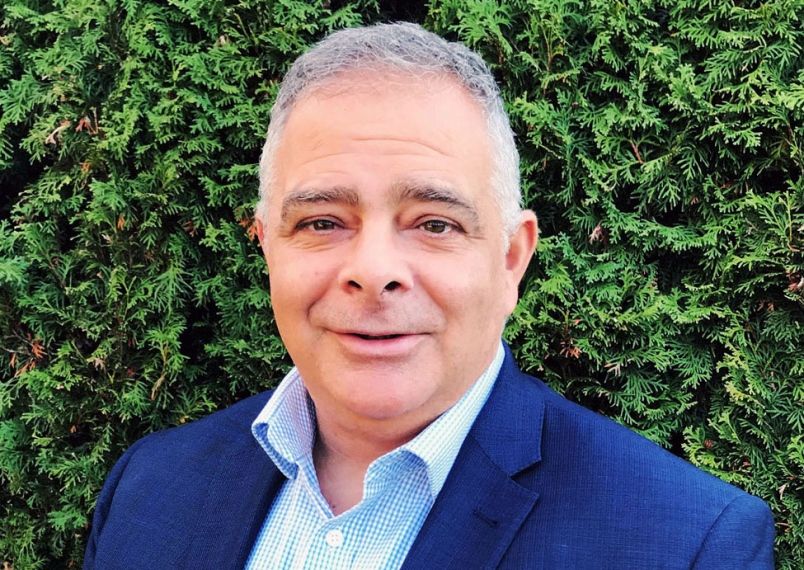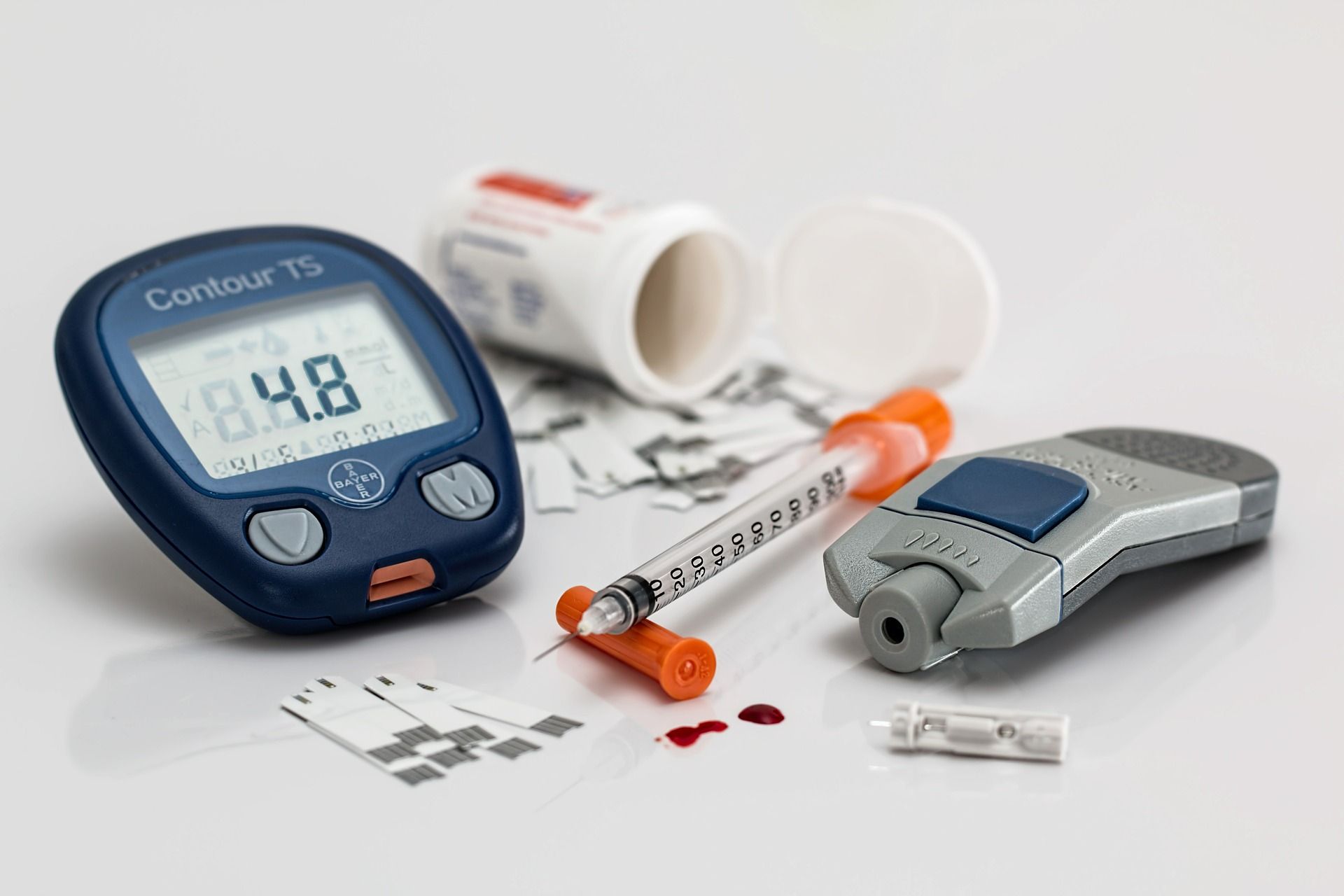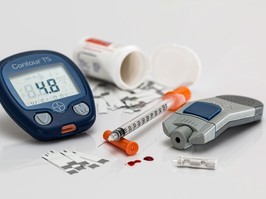“the availability and cost of healthy and nutritious food is a public health issue,” says krista banasiak, research and public policy manager with diabetes canada. “as diabetes canada shifts our focus toward a population impact approach, it is important that we focus on the issues that impact populations.”
stretching limited resources
registered dietitian bonita nowe-matheson offers advice to people living with diabetes and food insecurity:
– do not be embarrassed to talk with your health-care provider about your concerns regarding food security. they may be able to connect you with helpful resources in your community.
– ask your health-care provider to refer you to a social worker. social workers usually have the most up-to-date information about government assistance programs.
– ask your diabetes care professionals to show you how to adjust your insulin or diabetes medication for different times of the day or month when you have less food.
– try to eat a meal or snack three times a day. if all you can afford is a box of mac and cheese, it is better to divide it into three portions spread throughout the day. eating it all at once will cause your blood sugar to rise.
– drink water instead of pop, juice, or coffee—it is not only healthier, but cheaper, too.
 6 minute read
6 minute read




















